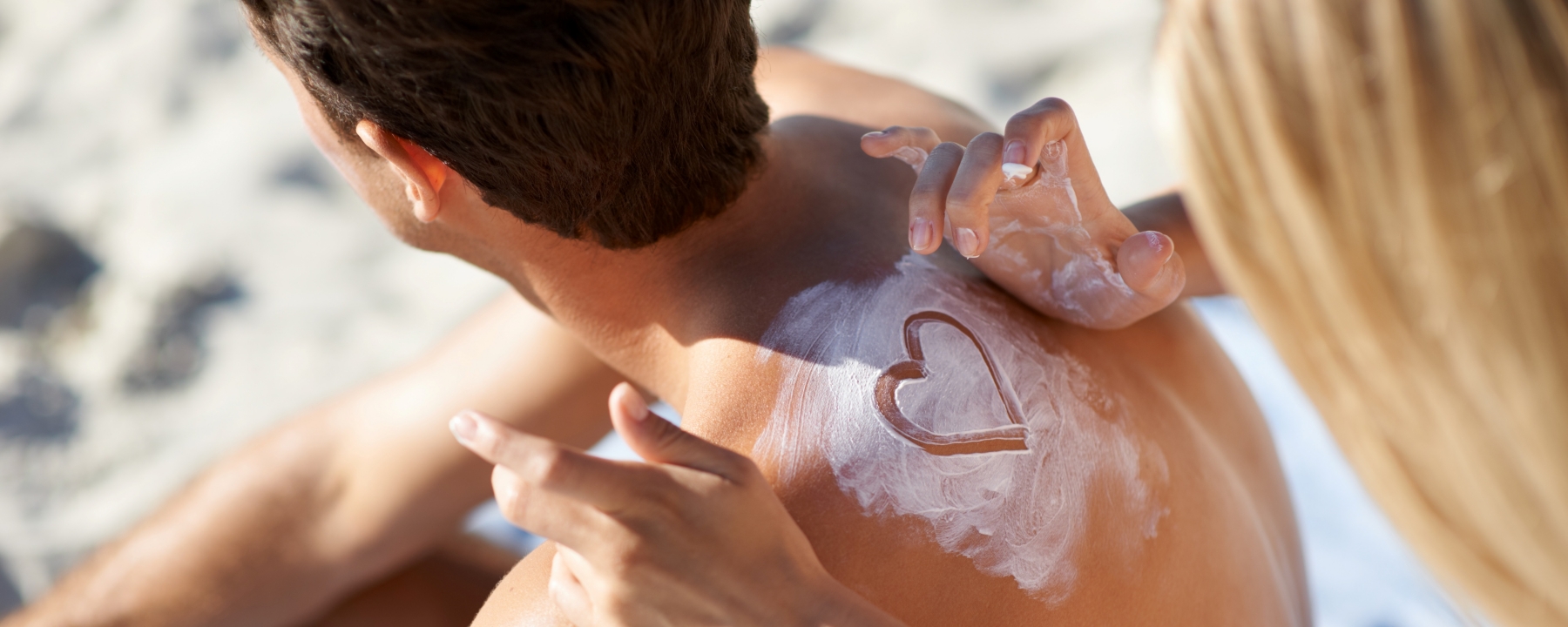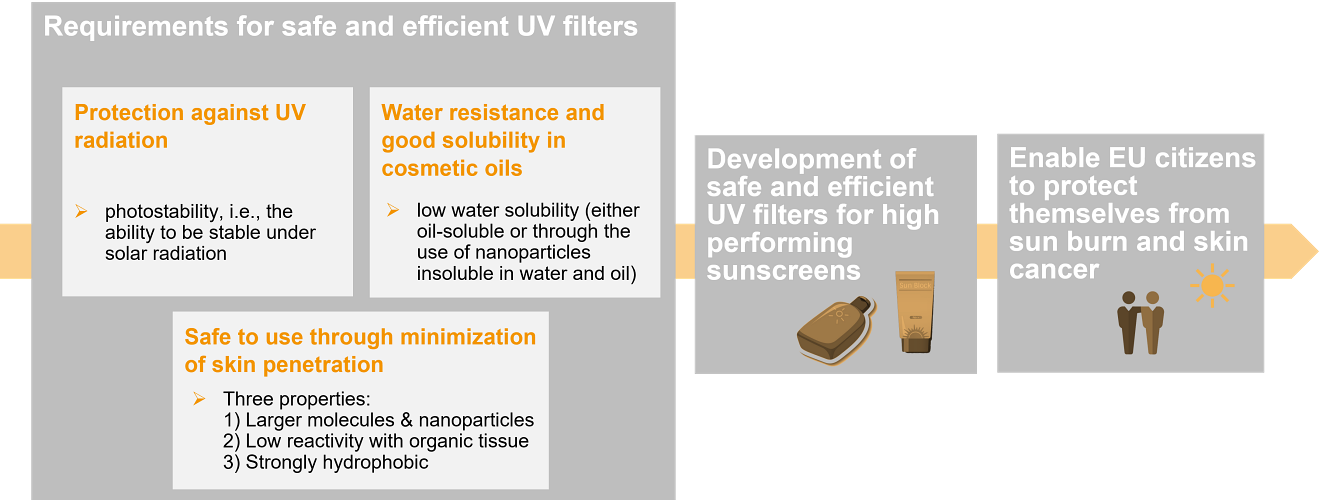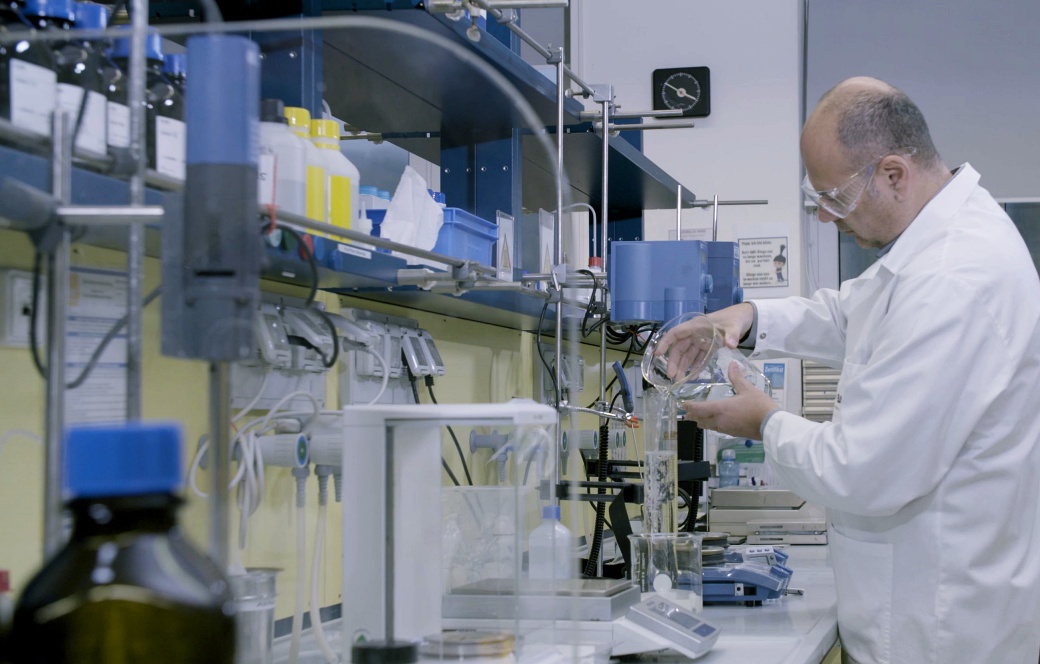
Responsible UV protection
Requirements of modern UV filters and resulting properties
UV filters must absorb UV light, stay intact during sun exposure for being effective, colorless and non-reactive against skin or formulation ingredients. They should stay on the skin while sweating or bathing, thus they should not be water soluble. Overall, the desired features of UV filters needed for high UV protection lead to low bioavailability, low biodegradation and thus persistence. These properties are currently critically discussed within the EU Green Deal initiative.
There is a broad scientific consensus that sunscreens significantly reduce the risk of developing skin cancer due to a reduced exposure to UV-A and UV-B radiation. The prevention of cancer is one of the main goals outlined in the Europe’s Beating Cancer Plan and therefore a major policy priority for the European Commission for this legislative period. While developing high-performance UV filters, certain requirements need to be met so that they can achieve their desired effect, i.e., protecting us from sun burn and skin cancer during common usage. Nonetheless, in order to fulfill these requirements, the UV filter molecules need to possess certain inherent substance properties.
1. Protection against UV radiation
One core property which UV filters need to effectively protect against skin cancer is photostability, i.e., the ability to stay intact under solar radiation and not to fall apart into several other molecules. This property inherently leads to a reduced short-term degradation.
To increase efficiency, many modern UV filters consist of insoluble nanoparticles which are larger than individual molecules. However, this leads to low bioavailability and thus low biodegradability.
2. Water resistance and good solubility in cosmetic oils
To withstand contact with water (swimming, sweating, etc.) UV filters need to possess low water solubility which means that they should be either oil-soluble or present as completely insoluble nanoparticles. The deficient water solubility hinders bacteria to degrade the substance within a short period of time and therefore again leads to low biodegradability.
3. Safe to use through minimization of skin penetration
UV filters are designed to not penetrate the skin as they need to stay on the skin surface to fulfill their function of absorbing UV radiation. Three properties contribute to achieve this effect:
i. Larger molecules and nanoparticles: These correlate with a lower ability to penetrate the skin but leads to bacteria not being able to break them down and thus to lower biodegradability.
ii. Low reactivity with organic tissue: This also applies to aquatic organisms, e.g., corals.
iii. Strongly hydrophobic: High oil solubility makes it harder for biological organisms to digest the substances.
Due to the priorly described properties, modern UV filters often possess a low biodegradability and thus a high persistence to meet the necessary requirements for protection against solar radiation during common usage. However, precisely these properties – low biodegradability and high persistence – are being critically discussed in the context of the Chemicals Strategy for Sustainability and the Zero Pollution Action Plan.
Persistence alone, however, does not inherently mean negative impacts on the environment. Restricting substances with these properties could lead to a situation, in which sunscreen products can no longer achieve the desired effects.
It is crucial to consider the correlations between the requirements and inherent properties of UV filters during the relevant legislative processes to not endanger the adequate protection of EU citizens from skin cancer.


